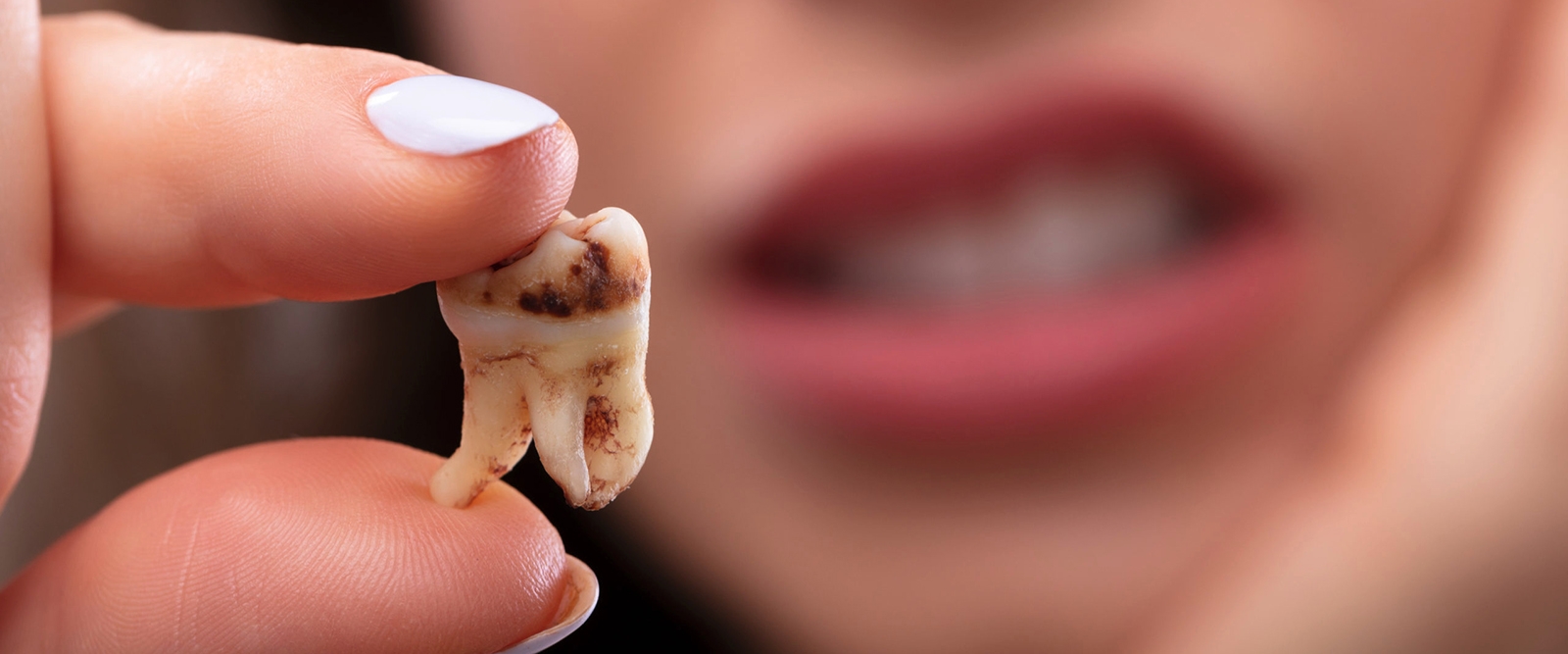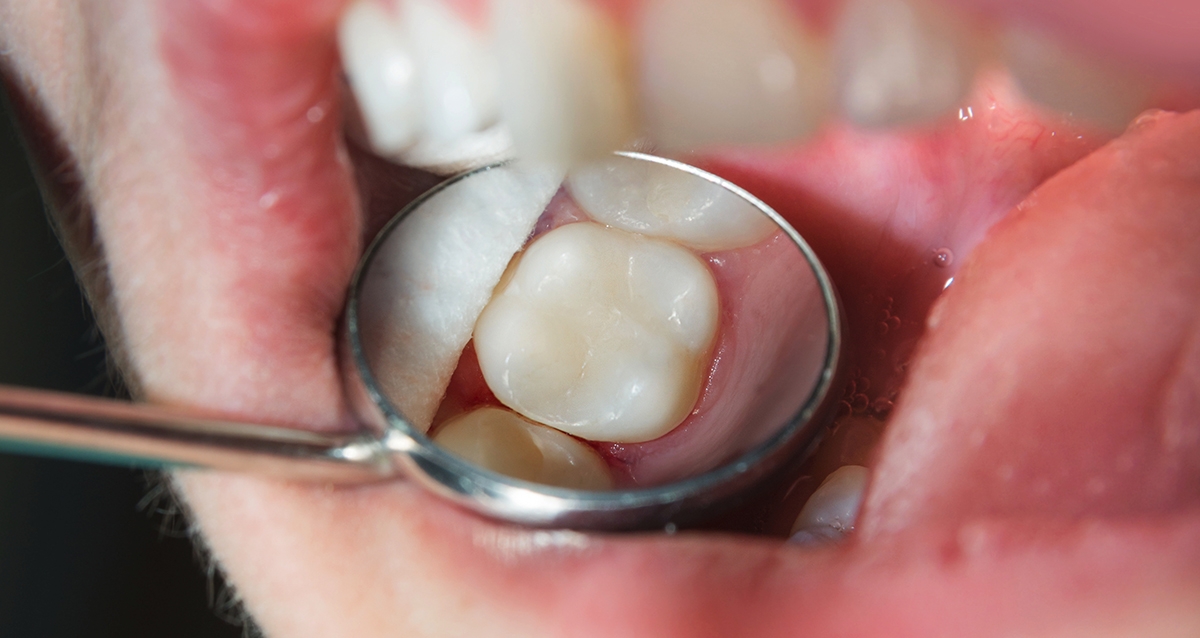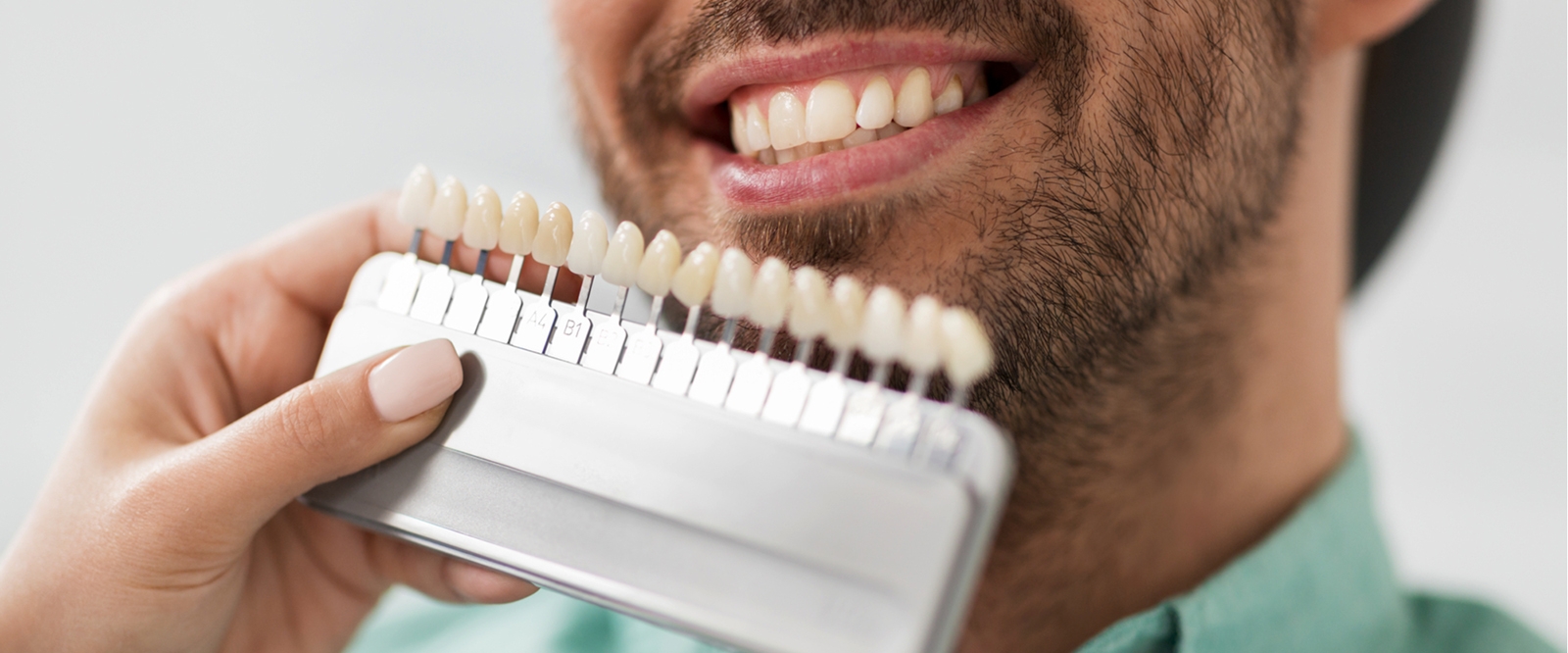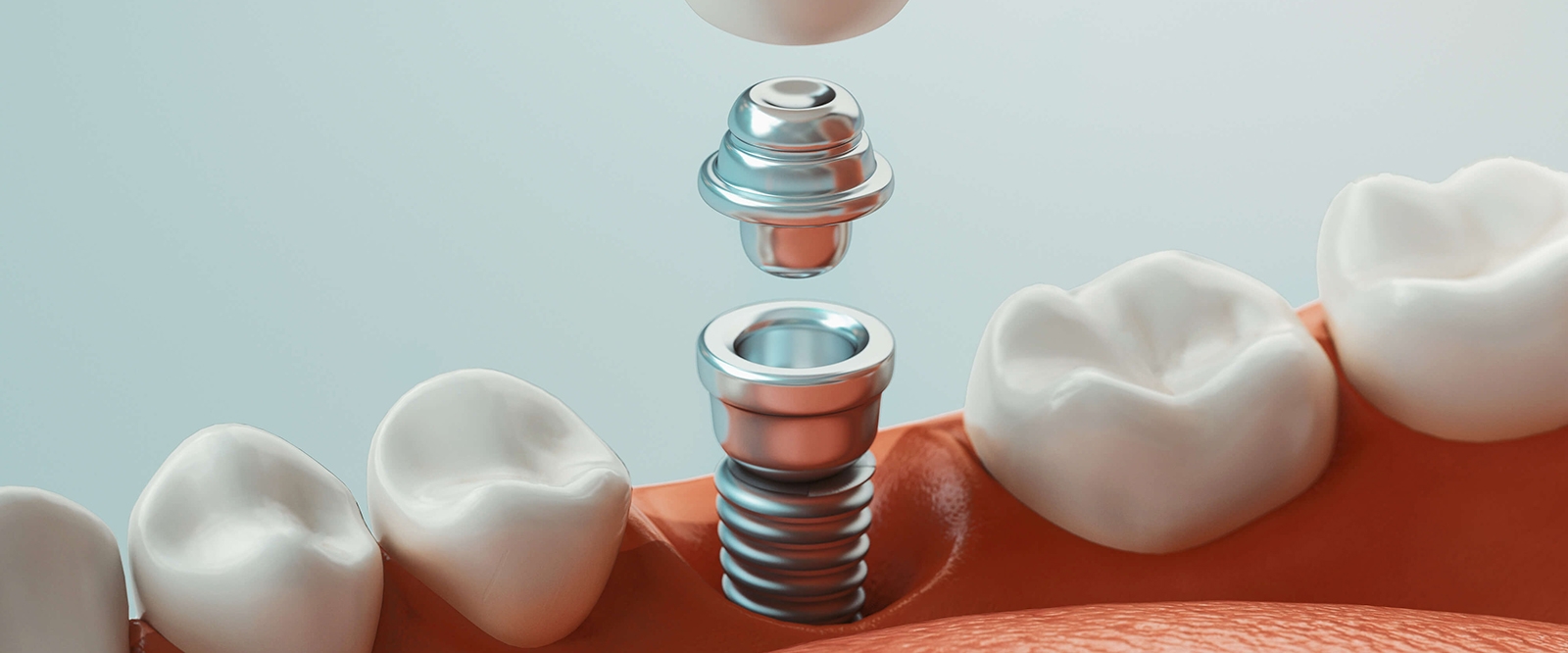
Tooth Cavities & Fillings
Restore Your Natural Teeth
Tooth decay and cavities are common dental issues that affect both young ones and adults alike. Tooth decay occurs when sugary foods and beverages, along with foods containing carbohydrates such as bread and cereal, remain on the tooth and are broken down into acids.

What Are Dental Bridges?
A dental bridge is an artificial device used to fill in gaps caused by a missing or damaged tooth or teeth. It involves utilizing the adjacent teeth next to the void of the missing tooth to help anchor the device in place.
There are two main types of these dental devices:
Signs You May Have a Cavity & Will Need a Filling
As these acids combine with bacteria, food particles, and saliva, it creates plaque that sticks tight to the surface of your teeth. This plaque accumulates and starts eroding the enamel, eventually breaching through to the more sensitive dentin layer, which can cause infections or dental abscesses.
Some common symptoms of a tooth cavity include:
- Tooth sensitivity especially to sweets and cold or hot temperatures
- Chronic tooth pain or abrupt toothache with no apparent cause
- Pain when biting down or chewing on food
- Swollen gums surrounding the tooth
- White, brown, or black stains on the tooth surface
Filling Resolutions for your Cavity Complications
While several different types of filling material can be used for the treatment, our offices at Woodmoor Family Dentistry prefer the use of:
- Composite Fillings - a more natural and unnoticeable appearance in comparison to the silver mercury-containing amalgam option. These tooth-colored fillings are composed of a mixture of powdered glass and acrylic resin compounds that are available in a variety of shades to help match the color of your tooth!

Composite Filling Procedure
After a thorough inspection of the tooth cavity and decay using a periodontal probe, as well as radiographs; your tooth will be prepared for the non-invasive procedure. First off, the tooth with be administered to some local anesthetic to ensure your comfort. Than, once we use the drill to surpass the enamel layer, another slower drill is used if the dentin layer needs any cleaning.
Once all the necessary drilling is complete, the tooth is sterilized to eliminate any leftover bacteria and have the filling site ready for the composite material. This involves applying an acidic gel over the tooth for 15 seconds, which is then rinsed off, an essential part of the treatment to help the tooth’s surface to hold the bonding material intact. Once the final layer of the bonding agent is placed, the composite resin filling is finally ready to be placed and polished into shape.



















